School closures due to the pandemic have affected more than 320 million students across India (UNESCO, 2020). The estimated loss of lifelong learning for Indian students has been substantial during the pandemic (World Bank, 2020). The pandemic has exposed a massive digital divide within India’s education system since most of the interventions involve the internet & smartphones both of which, unfortunately, is out of reach for the majority of the population. In this pandemic situation, the role of parents has increased even more. On average, consistent parental engagement helps children achieve about four additional months’ progress in a year (EEF, 2019).
For developing countries, the digital learning divide could have adverse long-term consequences, and are likely to be most severe for disadvantaged communities. This brings into focus the role of low-tech alternatives and parents’ role in making sure their children get access to some forms of learning.
Bridging the Digital Divide
As a direct response to this crisis, ThinkZone is providing education access to early-grade learners from low-income communities by using non-internet-based technology. The program ensures education for children without the requirement of smartphones or internet access.
In this program, parents are provided with activity-based learning content through remote instructions by phone and simple text messages along with automated voice calls to engage with children. They are provided with a toll-free number to revisit the content and bi-weekly live phone calls from trained community educators (youth) to provide a walkthrough of these learning activities. These calls average 15-20 minutes in length and provide a direct walkthrough of the learning activities sent via text message and calls.
The user-friendly modules can be understood and implemented by parents regardless of their literacy level. Access to the contents is free of cost for families. It enables parents to work towards developing the language and arithmetic skills of their children. In the entire program, we provided parents with a variety of home-based learning activities, focusing on foundational skills in Odia and Mathematics. The activities are very simple in nature. Also, it takes a maximum of 10-15 minutes to practice an activity.
During the course of the program, children are provided with content after their learning levels are identified. For this, a phone-based baseline assessment has been taken up which would is followed by regular assessments throughout the course of the program. The activity-based content provided is to ensure that parents and children find it fun and engaging. It is also helping children in their curriculum and to develop skills.
We send sensitization messages to parents, highlighting their role in children’s continuous learning and how our home-based education program supports that role. We also encourage parents to set aside a dedicated time of the day to support children’s learning at home.
IMPACT
ThinkZone’s home-based learning program is making sure that 10074 children have been continuously receiving access to quality education since April 2021.
329 youth have been up-skilled via 1960 hours of training in community engagement, pedagogy, usage of technology & learning activities. They have also been provided with part-time income-generating opportunities as community educators.
Data tracked over the last year have shown quite a lot of positives in terms of parent and children engagement:
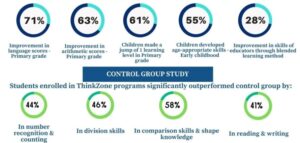
In the last year, parents have listened to over 9839 hours of learning modules on the toll-free number and via automated voice calls.
IMPROVEMENT IN LEARNING OUTCOMES
There has been significant learning in mother-tongue and mathematics during the pandemic when regular academic sessions have been disrupted. Internal evaluations show:
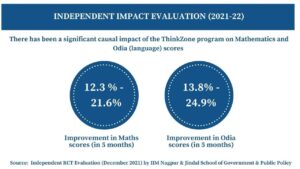
The most significant increase has been among students who were at the letter and alphabet identification level. The maximum number of students who were at the ‘number level’ has shifted to the next level which indicates that more students are now able to write numbers and recognize place value. Likewise, the maximum number of students who were at the ‘alphabet identification and write’ level has shifted to the ‘matra’ level, which indicates that now more students can understand and write simple words.
Leading academic researchers are currently carrying an ongoing independent RCT(randomized control trial) evaluation to understand the effectiveness of the program. The research paper will be submitted shortly and will also be published in leading academic/research journals. The results of the evaluation will provide further insights into the home-based learning program and will also help the government in scaling up the model.
THE WAY AHEAD
We at ThinkZone planned developed and implemented the home-based learning program to make sure that children’s education does not discontinue during these challenging times. The last 12 months’ data is clear evidence that when parents spent time with their children on these educational activities, there is a significant improvement in their learning outcomes. There is no doubt now that parents and the community can play a huge role in every child’s education. Our team is preparing to expand the scope of our home-based learning program in new geographies in partnership with the state government of Odisha.
ThinkZone’s work of deploying low-tech solutions is helping us in advancing our goal to improve learning outcomes among early-grade learners. Our mission hasn’t changed, but the mechanism and implementation model has switched from educator-to-children to parent-to-children. Parents have now become teachers, and we’re supporting them!
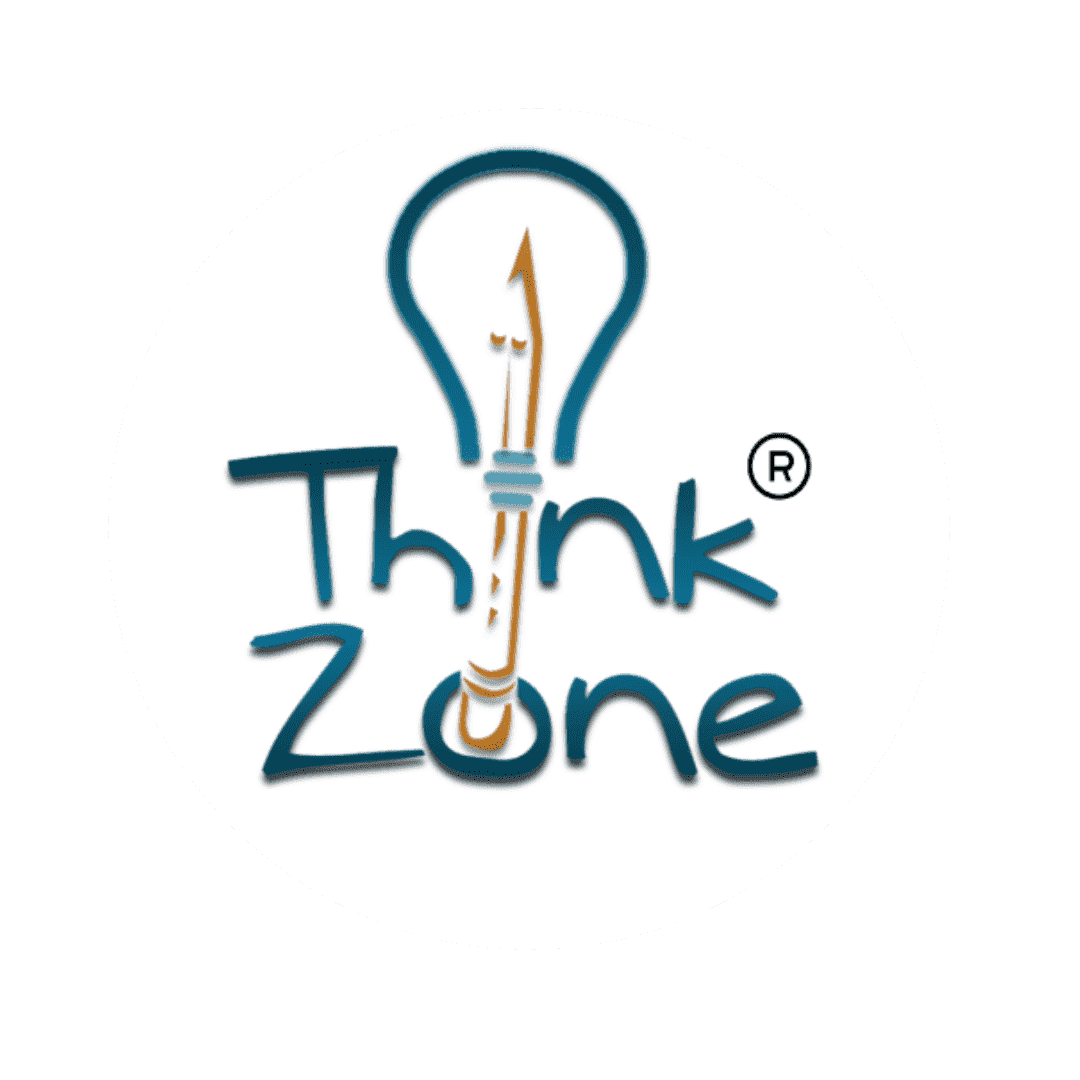
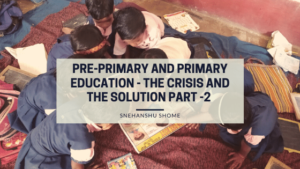
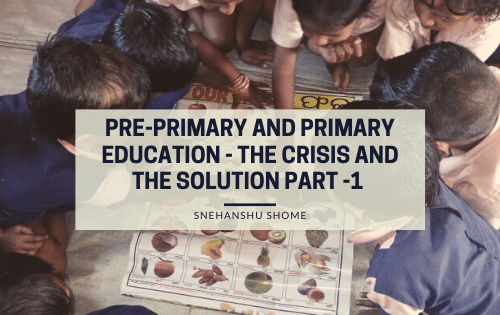
Outstanding work !!!